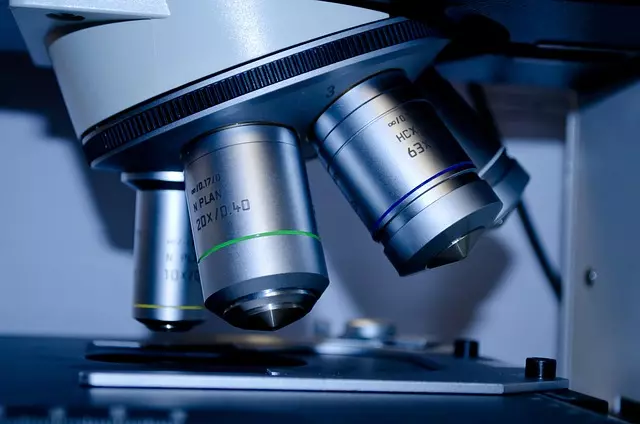How to use ONTIME browser for neurodegeneration research
Introduction to the ONTIME viewer
In an era of increasing research on neurodegenerative diseases such as Alzheimer 's and Parkinson's, scientists and researchers are looking for modern tools to analyze data more easily. One innovative solution in this field is the ONTIME viewer. This advanced analytical tool allows the collection, processing and analysis of biological data in real time. In the following article, we will discuss how ONTIME can be used in neurodegeneration research.
ONTIME viewer functionalities
The ONTIME viewer offers a number of features that can significantly support neurodegenerative disease research. With an intuitive user interface, researchers can easily collect data from a variety of sources and analyze them in real time. Key features include:

Importance of neurodegeneration research
Neurodegeneration research is extremely important from a public health perspective. Diseases of this type are among the most common causes of disability among the elderly. With effective diagnoses, as well as research into the causes of these conditions, new treatments can be developed.
It is important to understand that neurodegeneration is not a single condition, but a group of diseases with different sole mechanisms. For this reason, research should focus on:
Detecting biomarkers - which can indicate the early stages of the disease.Analyzing the influence of environmental factors on the development of neurodegenerative diseases.How does ONTIME support neurodegeneration research?
The use of the ONTIME browser in neurodegeneration research opens up new possibilities for researchers. With advanced data integration, researchers can easily track changes in biomarkers, which is crucial in the diagnostic process.
What's more, real-time data analysis allows faster decision-making and identification of relevant trends. This helps create hybrid prognostic models that can predict the course of a disease based on the data collected.
Examples of ONTIME applications in practice
Many research teams are using the ONTIME viewer in their projects. Below are some examples of applications:
Early Alzheimer's biomarker research- using ONTIME to analyze patients' blood test results, which can lead to faster diagnoses.Analysis of the impact of diet on neurodegeneration - collecting and analyzing data on dietary habits and their correlation with the occurrence of neurodegenerative symptoms.Clinical trials - ONTIME can be used to monitor patients participating in clinical trials, allowing the collection of valuable real-time data.Benefits of using ONTIME
By meeting the latest technology with the needs of today's researchers, the use of ONTIME in neurodegeneration research has many benefits:
Efficiency - reducing the time required to analyze large data sets.Accuracy - visualization methods help identify key patterns and anomalies.Collaboration - the ability to share data with other researchers in real time, fostering international research projects.Summary
The ONTIME viewer opens up new possibilities in the field of neurodegeneration research. With advanced data collection and analysis features, researchers can effectively identify key biomarkers and analyze the impact of various factors on the development of these diseases. Investing in tools such as ONTIME is becoming a key step toward understanding and better treating neurodegenerative conditions. By supporting research in this area, we can look forward to new, more effective diagnostics and therapies.

Add comment